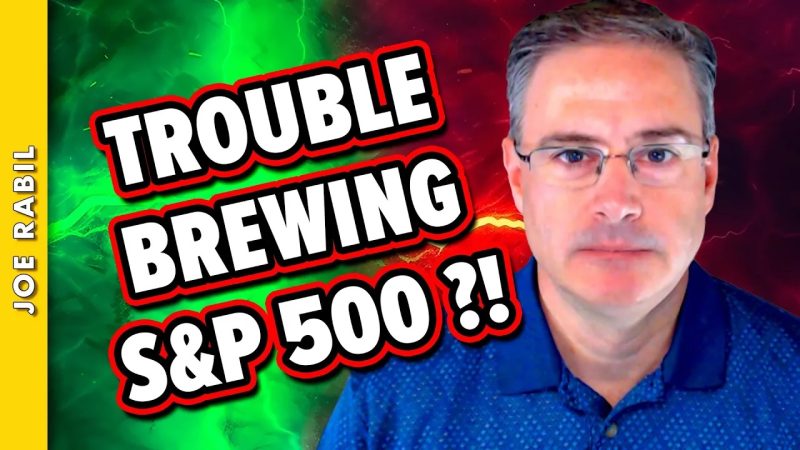The stock market is a volatile landscape where fortunes can be made and lost in the blink of an eye. For investors, keeping a vigilant eye on warning signs is crucial to avoid potential losses during a downturn. The S&P 500 index, often seen as a barometer of the overall health of the stock market, can provide valuable insights into the direction of the economy and investor sentiment. Here are some key indicators to be alert to when monitoring for warning signs of a potential downturn in the S&P 500:
1. Valuation Levels: One of the most important warning signs to watch for is elevated valuation levels in the S&P 500. High price-to-earnings ratios and other valuation metrics can indicate that stocks are overvalued and ripe for a correction. Investors should be cautious when valuations reach historically high levels, as this could signal an impending downturn.
2. Economic Indicators: Keeping an eye on key economic indicators can provide valuable insights into the health of the economy and the potential direction of the stock market. Indicators such as GDP growth, unemployment rates, consumer spending, and manufacturing data can help investors gauge whether the economy is likely to enter a downturn, which could impact the S&P 500.
3. Market Breadth: Monitoring market breadth is essential for detecting warning signs of a downturn in the S&P 500. Market breadth measures the number of individual stocks participating in a market advance or decline. A weakening market breadth, where fewer stocks are driving the market higher, could indicate that the market is becoming increasingly fragile and may be susceptible to a downturn.
4. Interest Rates: Changes in interest rates can have a significant impact on stock prices and the overall health of the stock market. Rising interest rates can increase borrowing costs for companies, leading to lower earnings and stock prices. Investors should keep a close watch on interest rate movements and their potential impact on the S&P 500.
5. Investor Sentiment: Investor sentiment plays a crucial role in driving stock market movements. Extreme bullishness or bearishness among investors can indicate that the market is reaching an inflection point. Monitoring sentiment indicators such as the VIX (Volatility Index) and investor surveys can help investors gauge market sentiment and identify warning signs of a potential downturn.
In conclusion, being alert to warning signs in the S&P 500 is essential for investors looking to protect their portfolios during a downturn. By closely monitoring valuation levels, economic indicators, market breadth, interest rates, and investor sentiment, investors can better position themselves to navigate the ups and downs of the stock market effectively. Staying informed and vigilant is key to successfully managing investments and achieving long-term financial goals in an ever-changing market environment.

